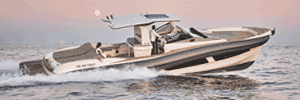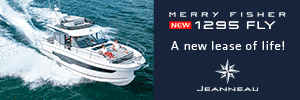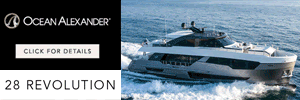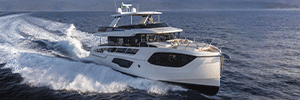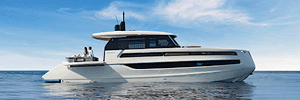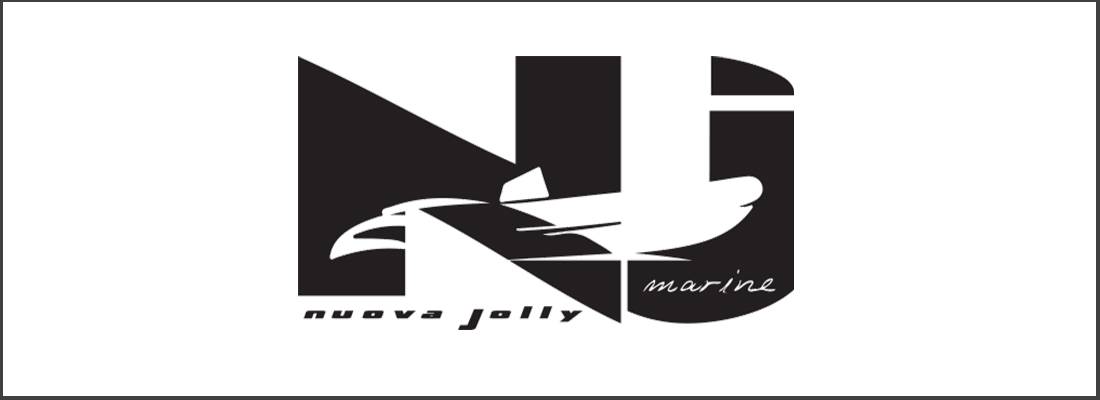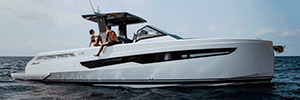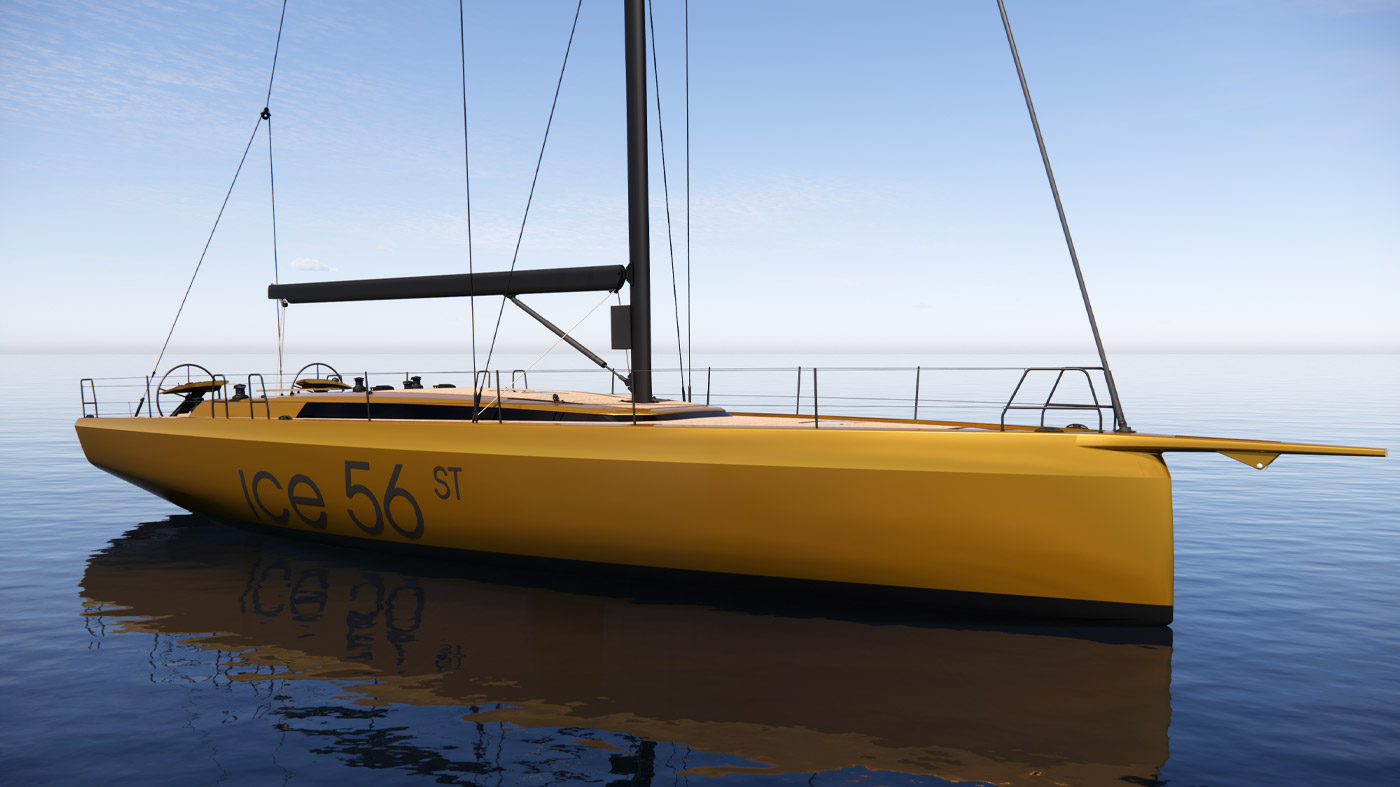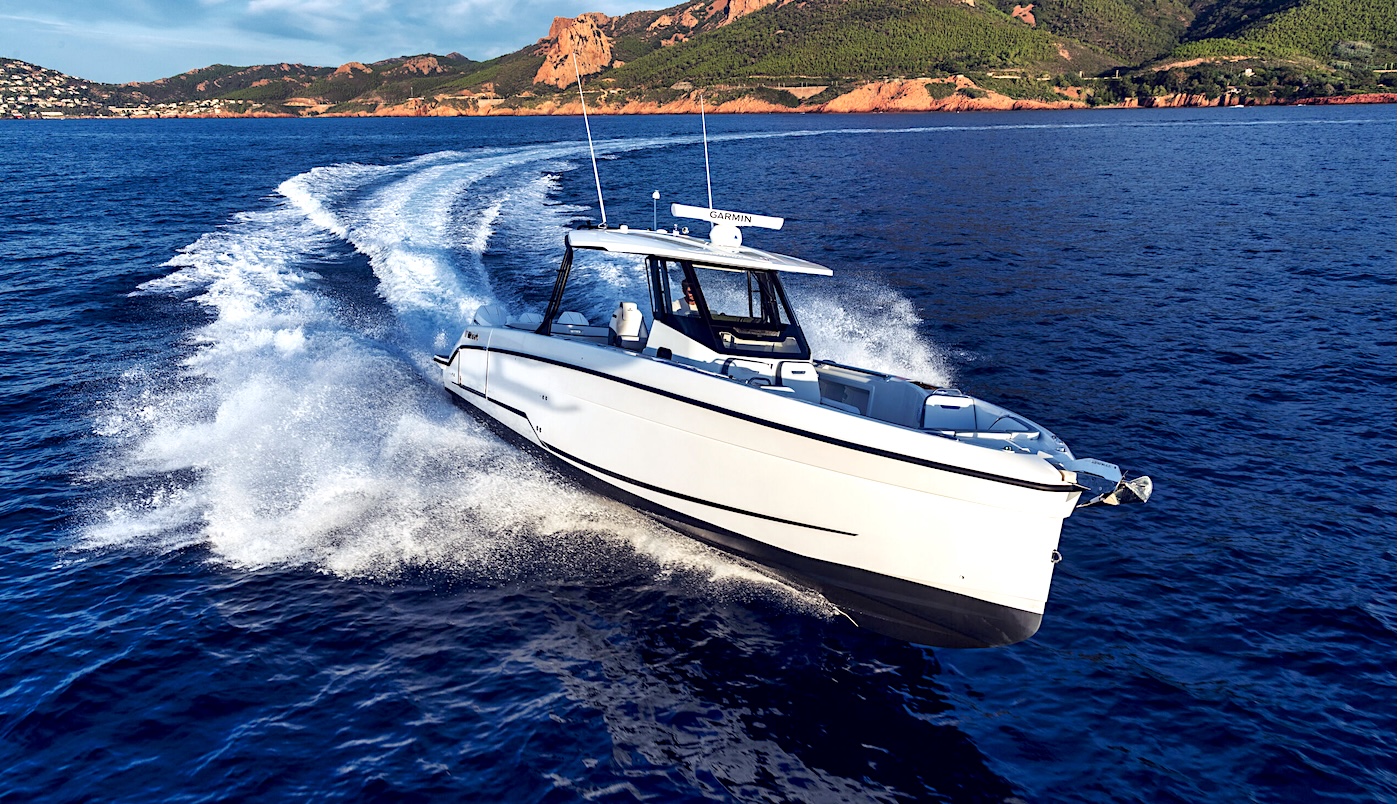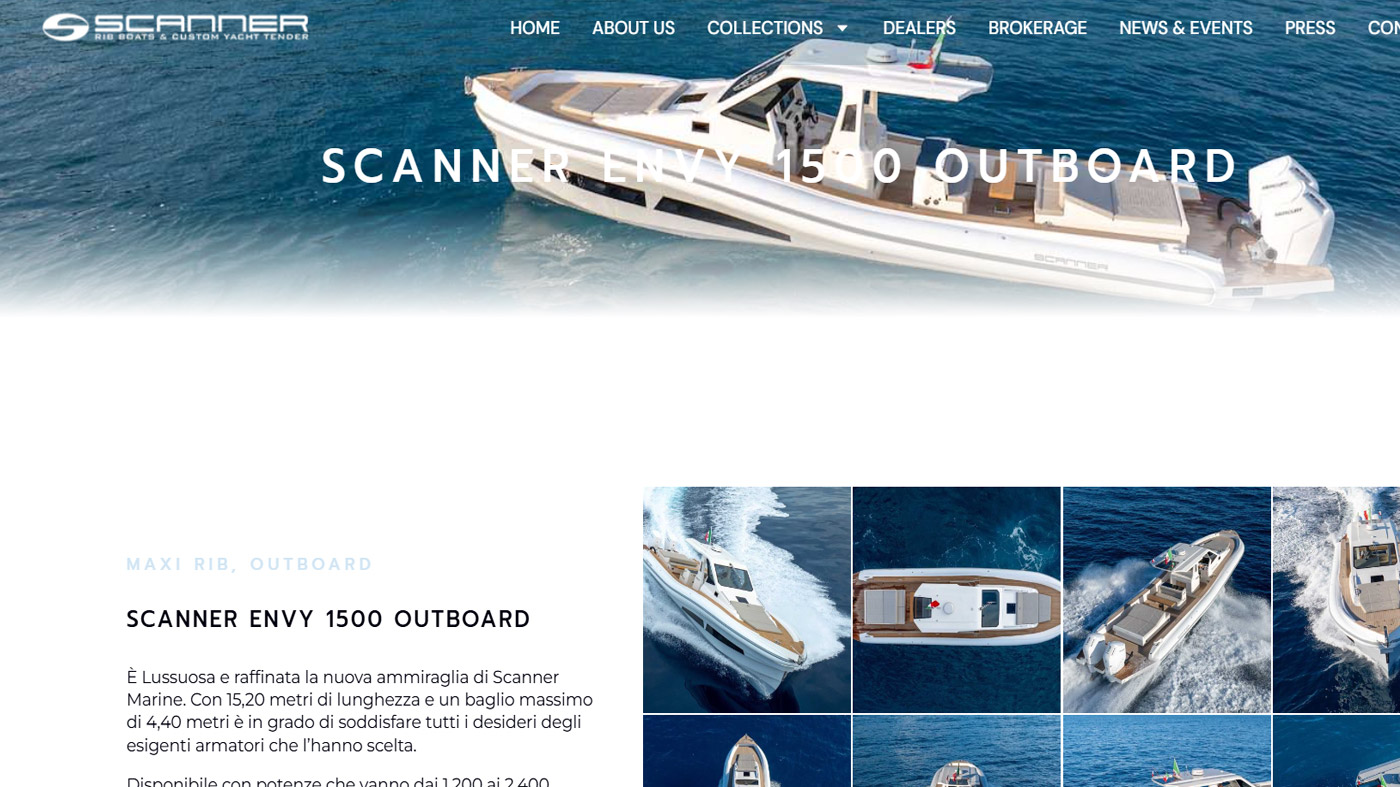Capri is the Blue Grotto and vice versa: nothing could undo the indissoluble bond that has made one of the Mediterranean‘s most fashionable yachting locations so famous since the 19th century. So mush so, in fact, that the crowding of boats in the island’s main anchorage has been the subject of fierce criticism, which is why it is not recommended to go there during the high season.
From the Emperor Tiberius to Jacqueline Kennedy, in modern times, many VIPs have appreciated the natural beauty of Capri: such as the famous sixty-five Faraglioni, the beautiful Marina Grande or the Natural Arch at the far eastern end of Capri, from which there is a magnificent view of the Sorrento peninsula and the Li Galli islands.
When is it best to go?
From May to September, certainly 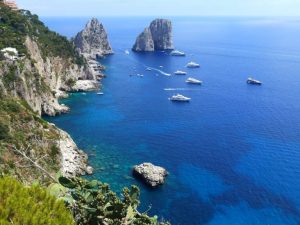
Marina Grande
Marina Grande is, as mentioned, the primary choice for staying at anchor, unfortunately the sandy and posidonia seabed does not offer an optimal hold. Nature lovers may want to avoid it, especially since the anchors present so heavily destroy the little remaining Posidonia and ruin the seabed. Marina Grande boasts the shelter of winds from the west and north-west but, we repeat, it is often full of boats to such an incredible degree that it feels like a crowded harbour.
Marina Piccola
A good alternative is Marina Piccola (Lat 40° 32′ 42” N; Long 14° 14′ 8” E), preferring the left-hand side, although maximum attention must be paid to safety because even here the maritime traffic does not subside in summer. This large inlet to the south of Capri descends to the sea from the slopes of Monte Scolaro and still boasts a generous seabed, ranging from seventy metres deep to ten near the shore. If the sirocco or libeccio winds start to blow, however, the advice is to set sail again towards Marina Grande. If you feel tempted by the remaining bays on Capri, it should be borne in mind that the rocky seabed is usually very deep, which should be carefully considered if you do not (better) rule out the option altogether. Those who are brave enough (and have perhaps arrived at the best time of year) should take advantage of the opportunity for a winter dive because the bay is well sheltered and offers a few degrees more. In summer, a tender can be used to reach the bathing establishment opposite, which is located on stilts. Going back in time, Marina Piccola was once a Roman landing place, then passed on to humble fishermen, and today it is a jet-set destination. Now – fashions aside – it should also be borne in mind that some areas of the island are off limits to navigation and this should be checked with the Maritime Authority.
Capri: ports and anchorages
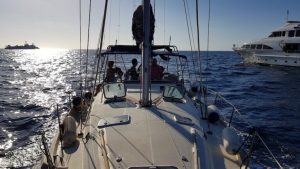
Capri: a multitude of attractions
There is no shortage of luxury shops, bars and restaurants on Capri. But a visit to the island also means setting eyes on classical culture: Villa Tiberio, which rises from the mountain of the same name, was the emperor’s residence and the excavations offer a discreet, albeit partial, overview. More enchanting, perhaps, is the panorama that suddenly looks over the island of Ischia, Procida, the Gulf of Naples and on towards Sorrento.
Another excursion that can be tackled is to Monte Solaro: at an altitude of six hundred metres, you get an all-round view of the coast. There are two options for reaching the summit: a chairlift or a healthy walk. The chairlift leaves from Anacapri, however, which is worth a visit, at least to see Villa San Michele, rebuilt on the site of an ancient convent at the behest of a Swedish doctor.
Blue Grotto
The Blue Grotto became famous 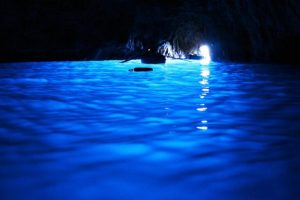
The Via Krupp, named after a Teutonic steel industrialist, is a path carved into the limestone cliff that runs from the centre of Capri to Marina Piccola, is subject to rock erosion and often closed to the public for safety reasons. The “azure” island also welcomes visitors to the Piazzetta, a diplomatic place and a salon not devoid of well-known faces: the agora is filled with small tables where it is worth sitting down to enjoy a champagne. We were talking about safe navigation on Capri, because there are no inappropriate shallows or rocks at the water’s edge. The sea is deep and the only form of danger, apart from the shallows that are unsuitable for anchoring, is rather, and this bears repeating, the intense maritime traffic that also stirs the waters, causing them to boil.


